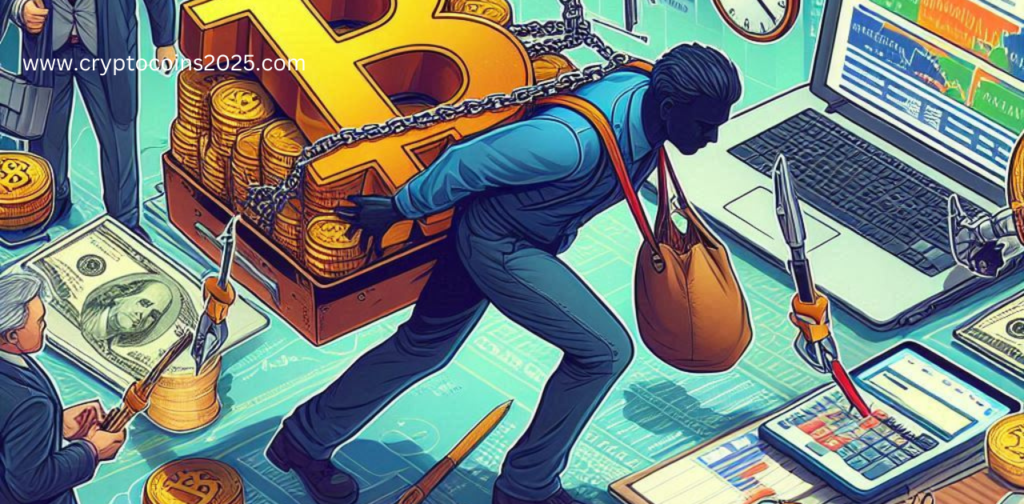Contents
Beyond the bank: DeFi usage is on the rise due to users looking for financial freedom
The concept of decentralized finance (DeFi) has caught the imagination of many people looking for an alternative to traditional financial systems. DeFi leverages blockchain technology to create a peer-to-peer financial ecosystem, free from centralized control by banks or institutions. With frustration growing with traditional finance, the number of users adopting DeFi in 2024 is expected to see a significant increase.
Why are people turning to DeFi?
There are several factors behind the rise of DeFi:
- Accessibility: DeFi removes geographical barriers and offers financial services to anyone with an internet connection and a crypto wallet.
- Transparency and security: Blockchain technology provides a transparent and secure way to conduct financial transactions.
- Innovation: DeFi unlocks a vast range of innovative financial products and services not readily available in traditional finance.
The Rise in DeFi Applications

The DeFi ecosystem includes a wide range of applications:
- Lending and Borrowing: Users can lend or borrow cryptocurrencies without relying on traditional banks, potentially earning higher interest rates on their holdings.
- Yield Farming: DeFi protocols allow users to lock up their crypto assets to earn rewards, but these strategies can be complex and carry inherent risks.
- Decentralized Exchanges (DEX): Users can trade cryptocurrencies directly with each other without intermediaries, providing more control over their assets.
Table: Traditional Finance vs. DeFi
| Characteristics | Traditional Finance | DeFi |
|---|---|---|
| Control | Centralized (banks, institutions) | Decentralized (users) |
| Access | Limited (geographical restrictions) | Global (open access) |
| Transparency | Opaque systems | Transparent blockchain records |
| Innovation | Slow and bureaucratic | Evolving rapidly |
Challenges and considerations
While DeFi offers exciting possibilities, challenges remain:

- Complexity: DeFi protocols can be complicated to navigate, and users should have a good understanding of the technology and associated risks before participating.
- Security risks: DeFi platforms are vulnerable to hacks and smart contract exploits, which can lead to significant financial losses.
- Regulation: The regulatory landscape around DeFi is still evolving, and unclear regulation can create uncertainty for users and businesses.
The future of DeFi
Despite the challenges, DeFi’s potential cannot be denied. As user adoption grows and the technology matures, we can expect to see:
- Improved user experience: Easy-to-use interfaces and educational resources will make DeFi more accessible to a wider audience.
- Increased Security: Strong security protocols and developer best practices will reduce vulnerabilities in DeFi platforms.
- Regulatory Clarity: Clear regulations will foster innovation while ensuring consumer safety and financial stability.
Conclusion
DeFi offers a glimpse into the future of open and inclusive financial systems. While challenges remain, the growing user base reflects strong demand for alternatives to traditional finance. As DeFi continues to evolve, it has the potential to reshape the financial landscape and empower individuals to take more control of their financial lives.
Frequently Asked Questions
- Question: Is DeFi safe?
Answer: DeFi carries inherent risks, and users should be aware of potential scams, hacks, and market volatility before participating.
- How do I get started with DeFi?
Answer: It is important to do thorough research and understand the risks before investing in DeFi applications. Starting with small amounts and using reputable platforms is recommended.
- Will DeFi replace traditional banks?
Answer: It is unlikely that DeFi will completely replace traditional banks. However, it has the potential to disrupt the financial services industry and provide users with more choice and control.

